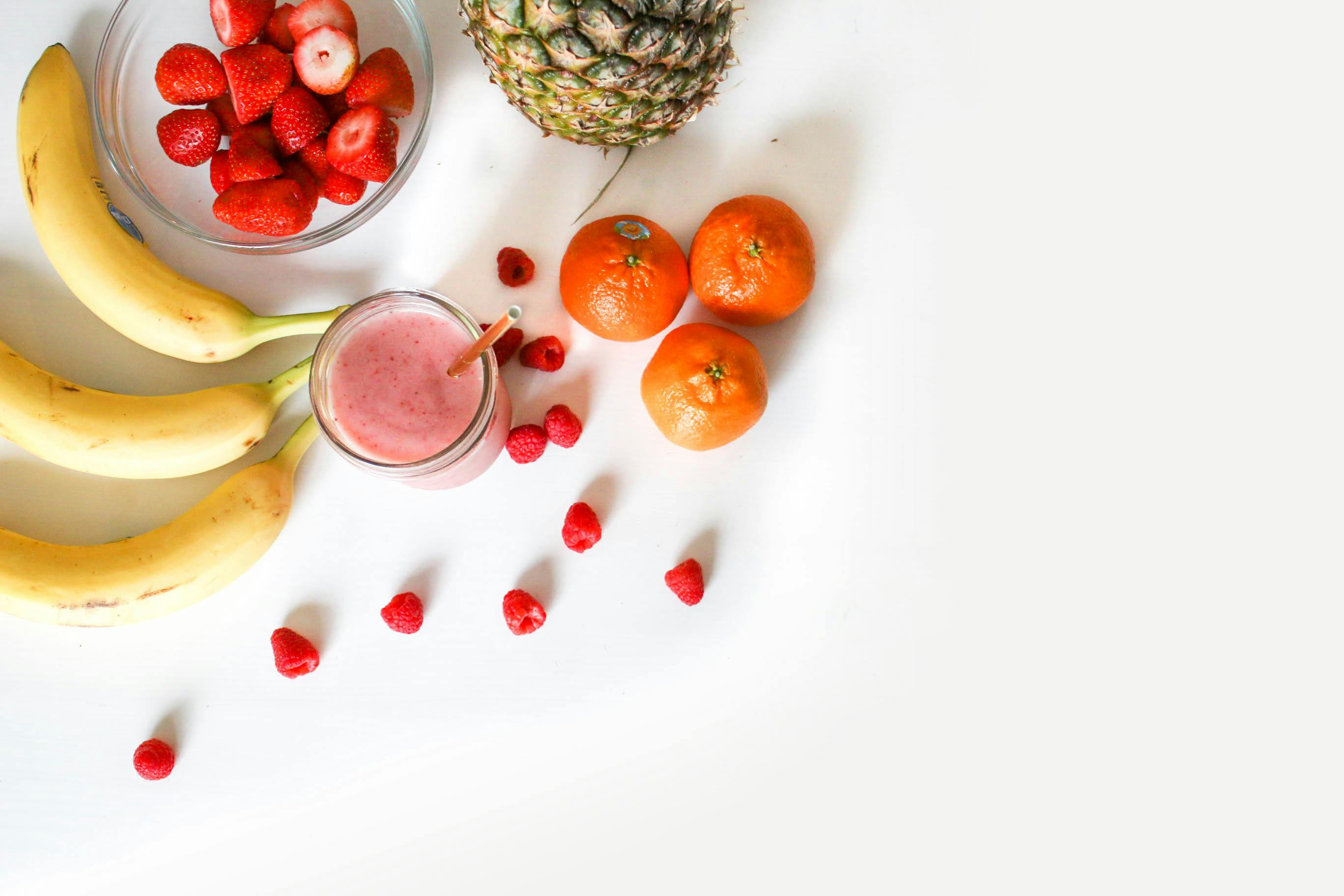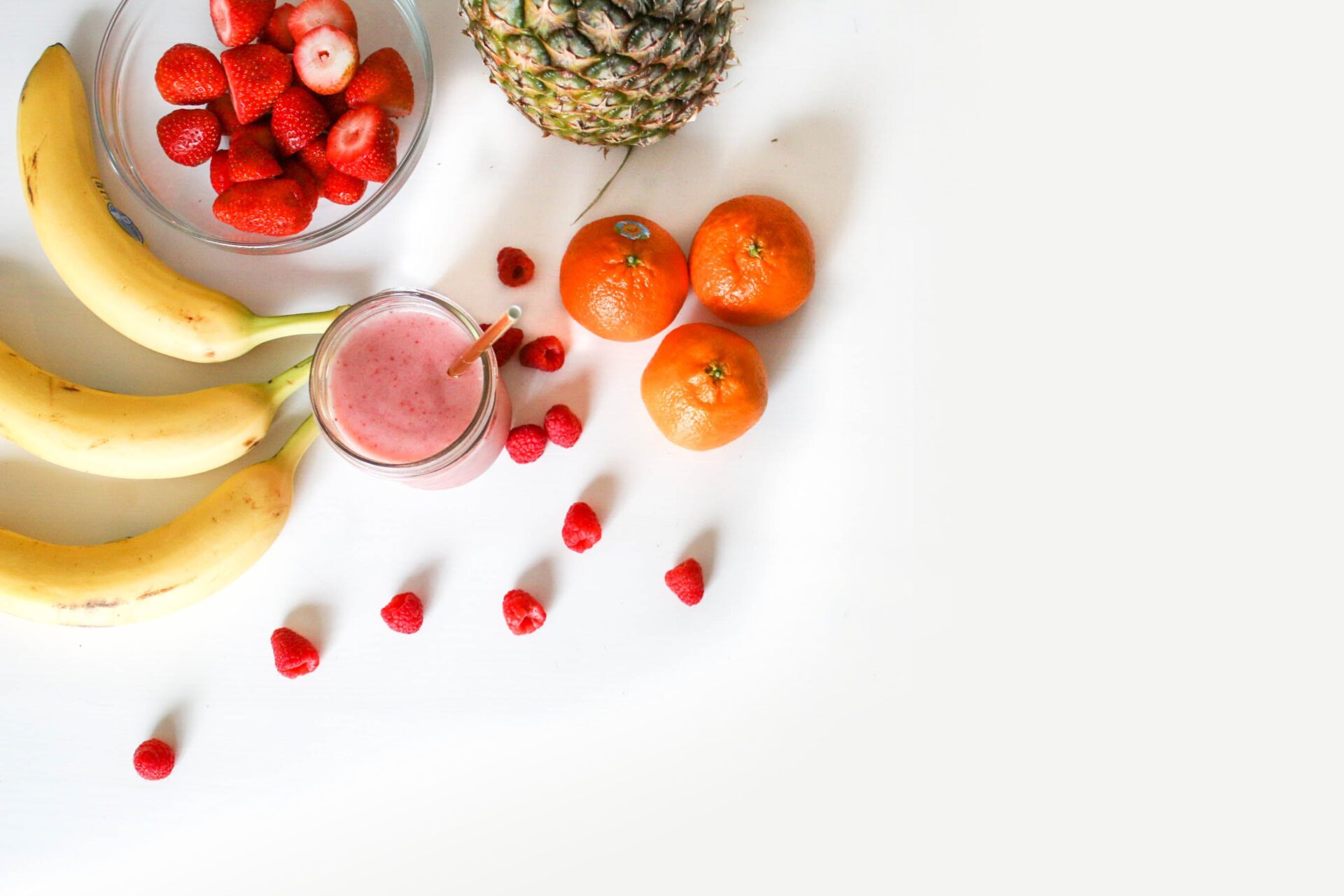Strawberries are a delicious, juicy and sweet fruit that is enjoyed by many. Unfortunately, they can be vulnerable to pests such as slugs which can cause damage to the berries. The good news is that there are a few steps you can take to protect your strawberries from slugs. In this article, we will discuss how to protect strawberries from slugs so that you can enjoy your delicious strawberries without any worries.The best way to keep slugs away from strawberries is to create a barrier between the slugs and the plants. This can be done by surrounding the strawberry plants with copper barriers such as copper tape, copper mesh, or copper mesh pads. The slugs will not be able to cross the copper barrier and will stay away from the strawberries. Additionally, you can spread diatomaceous earth around the strawberry plants as an added measure of protection. This mineral is harmless to people and pets but can irritate slugs’ soft bodies, causing them to stay away from your prized strawberry plants.
Natural Ways To Protect Strawberries From Slugs
Slugs are one of the most common pests of strawberry plants, causing significant damage to the fruit. Fortunately, there are several natural methods that can be used to protect strawberries from slugs and other pests. Here are some of the best ways to keep slugs away from your strawberry plants.
Encourage Natural Predators
Encouraging natural predators such as birds, lizards, frogs, and snakes is one of the best ways to protect strawberries from slugs. These predators feed on slugs and can help keep them away from your plants. To encourage these predators to visit your garden, you can provide a water source or make sure there are plenty of hiding places in your garden for them to take cover.
Plant Slug-Repelling Plants
There are some plants that naturally repel slugs, such as marigolds and chrysanthemums. Planting these around your strawberry patch can help keep slugs away from your plants. You can also plant companion plants such as garlic or onions near your strawberries, as these have been known to repel certain types of insects and pests.
Use Copper Tape & Strips
Copper tape or copper strips placed around the base of strawberry plants can be effective at repelling slugs. The copper gives off a mild electric shock when a slug touches it, which is enough to deter them away from the plant. You will need to replace the copper strips every few months for best results.
Sprinkle Coffee Grounds Around Plants
Coffee grounds act as an effective deterrent for many types of insects and pests, including slugs. Sprinkling coffee grounds around strawberry plants can help keep them away from the fruit. It is important to remember that coffee grounds will eventually decompose so you may need to reapply them regularly if you want lasting protection against slugs.
Protecting strawberries from slugs doesn’t have to be difficult or expensive – these natural methods are all effective ways of keeping these pesky pests away from your plants! With a bit of effort and some patience, you should be able to enjoy a bumper crop of delicious strawberries this season!
Non-toxic Solutions For Controlling Slugs On Strawberries
Slugs can be an annoying pest that can wreak havoc on your strawberry plants. Fortunately, there are a number of non-toxic solutions you can use to control the slugs and protect your strawberries.
One of the best non-toxic methods for controlling slugs is to create a barrier around the strawberry plants. You can do this by using a product such as diatomaceous earth, which is a natural powder made from fossilized algae that is safe for people and animals. Sprinkle it around your strawberry plants in a thin layer, and it will act as an effective barrier against slugs.
Another effective method for controlling slugs is to create traps or barriers with items such as beer or coffee cans. Place half-filled cans around the strawberry plants and check them periodically for any slugs that have been trapped inside. You can also use boards or cardboard laid flat near the plants to trap any slugs that may be lurking nearby.
You can also try introducing beneficial predators into your garden, such as ground beetles or frogs, which will help keep slug populations in check. If you don’t want to introduce predators into your garden, you can also use companion planting with certain herbs such as mint or garlic which will deter slugs from getting near your strawberries.
Finally, if all else fails, you can always manually remove any slugs you find in your garden by handpicking them off the plants and disposing of them away from your garden area. Make sure to wear gloves when doing this and dispose of them properly so they don’t come back!
Overall, there are many non-toxic solutions available for controlling slug populations on your strawberry plants. With some careful planning and monitoring, you should be able to keep these pests at bay and protect your strawberries!
Creating A Barrier To Protect Strawberries From Slugs
Strawberry plants are a popular crop for many gardeners, thanks to their sweet flavor and relative ease of growing. However, slugs can be a major problem for strawberry growers, as they can quickly devour the delicate fruits. Fortunately, there are several ways to create a barrier to protect strawberries from slugs.
One of the simplest and most effective ways to keep slugs away from strawberry plants is by using copper tape or wire mesh fencing around the perimeter of your garden. Copper tape can be purchased at most garden centers and hardware stores, and it provides an effective barrier because the copper ions act as a natural repellent for slugs. Copper wire mesh fencing can also be used in this way, but it is more expensive than copper tape.
Another option is to use diatomaceous earth or sand around the base of your strawberry plants. Diatomaceous earth is made from fossilized remains of microscopic sea creatures, and it has sharp edges that irritate the soft bodies of slugs. Sand works in a similar way, but it must be replaced regularly as it gets washed away with rain or irrigation water.
Finally, you can create a physical barrier using boards or bricks around your strawberry plants. This works by creating an area that’s difficult for slugs to cross over, thus keeping them away from the fruit-bearing plants. The boards or bricks should be placed at least two inches away from the base of your plants to prevent any accidental damage while weeding or cultivating around them.
Creating a barrier to protect strawberries from slugs is an important step in maintaining a healthy crop of delicious fruits. By following these simple steps you’ll have fewer problems with pests this season!
Growing Strawberries In Raised Beds To Prevent Slug Damage
Growing strawberries in raised beds is an excellent way to protect them from slug damage. Raised beds make it easier to keep the soil free from weeds, and the raised height of the bed helps deter slugs from accessing the strawberries. Strawberries grown in raised beds require less water than those grown in traditional gardens, so they are a great choice for those with limited water resources.
When setting up a raised bed for growing strawberries, it is important to choose the right soil mix. It should be well-draining and high in organic matter. A good mix will contain a blend of compost, peat moss, and perlite. The soil should be kept slightly acidic with a pH between 5.5 and 6.5 for optimal growth of strawberries.
It is also important to choose the right variety of strawberry when planting in a raised bed. Day-neutral varieties are ideal as they are more tolerant of fluctuations in temperature and light levels than other varieties. Planting multiple varieties can help ensure a good harvest throughout the season as well.
When planting strawberries in a raised bed, space them at least six inches apart to give them room to spread out and grow properly. Plant rows at least two feet apart so that they get adequate sunlight exposure during the day. Mulching around each plant can help retain moisture as well as reduce weeds and pests such as slugs.
Finally, it is important to keep up with regular maintenance of your strawberry plants once they are established in their raised beds. Water regularly but avoid over-watering which can lead to problems such as root rot or mildew growth on leaves or fruit. Regularly inspect plants for signs of pest damage or disease and take action if needed to keep your strawberry crop healthy throughout the season!

Using Mulch To Reduce Slugs On Strawberry Plants
Mulching is an effective and natural way to reduce slugs on strawberry plants. Mulches create a physical barrier between the strawberry plants and the slugs, making it harder for them to reach the plants. They also help retain moisture and suppress weeds that can compete with the strawberry plants for nutrients, giving your plants an extra boost.
When mulching your strawberry plants, it is important to choose a material that will not break down too quickly. Organic materials such as straw, grass clippings, or shredded bark are all good choices. Avoid using materials such as sawdust or wood chips as they can break down quickly and cause nutrient imbalances in the soil. Make sure to apply a thick layer of mulch around your strawberry plants for best results.
In addition to mulching, there are some other steps you can take to reduce slug populations on your strawberry plants. Handpicking is one of the most effective methods as it allows you to remove slugs from your plants before they do any damage. You can also set up barriers around your strawberry patch, such as copper tape or diatomaceous earth, which act as repellents for slugs. Finally, make sure to keep your garden clean by removing any debris or decaying plant matter which can attract slugs and other pests.
By taking these simple steps, you can reduce slug populations around your strawberry patch and ensure that your strawberries get off to a great start!
Using Beer Traps for Controlling Slugs on Strawberries
Slugs can be a real nuisance when it comes to growing strawberries. They feed on the leaves and fruits of the plant, leaving behind a slimy and unappetizing mess. Fortunately, beer traps can be used to control slugs in the strawberry patch.
Beer traps are easy to make and require only a few materials that you may already have around the house. All you need is a shallow container, such as an old yogurt container or a tin can, some beer, and some sticks or stakes.
First, fill your container with beer. You should fill it just enough so that the slugs will be able to submerge themselves in it fully. Next, place your sticks or stakes into the ground around your strawberry plants. Place your beer trap near the base of one or more of these stakes so that it is close enough to attract slugs but far enough away that you won’t disturb them while they’re feasting on your strawberries.
Once you have your beer trap set up, simply wait for the slugs to find it! The smell of the beer will draw them in from far and wide and they will be trapped inside until they eventually drown in it. Be sure to check your trap regularly and empty out any dead slugs that may have accumulated in it.
By using beer traps for controlling slugs on strawberries, you can rest assured knowing that you are helping keep these pests away from your beloved plants without having to use harmful chemicals or other forms of pest control. So why not give them a try?
Utilizing Copper Strips As A Slug Deterrent Around Strawberry Plants
Copper strips are an effective and organic way to protect strawberry plants from slugs. Slugs are one of the most common garden pests that can potentially cause significant damage to plants, especially strawberries. Therefore, it is important to have a reliable deterrent in place to protect these delicate and delicious fruits. Copper strips have been proven to be an effective way to deter slugs and other pests from attacking strawberry plants by creating a physical barrier.
The copper strips work by producing a slight electrical current when they come into contact with the slug’s body. This causes the slug’s nervous system to become overloaded, which causes them to immediately retreat from the area. The copper strips also produce a metallic smell that is unpleasant for slugs, further deterring them from entering the area around the strawberry plants.
When using copper strips as a slug deterrent, it is important to ensure that they are placed correctly around the perimeter of the strawberry plants. The copper strips should be firmly secured at least two inches above the ground and one inch away from any foliage or stems on the plant, as this will ensure that they remain in place and effectively deter any slugs from entering the area. It is also important to check regularly for any signs of slugs or other pests in order to maintain an effective slug deterrent system.
Overall, copper strips are an effective and organic way of protecting strawberry plants from slugs and other garden pests. They provide a physical barrier that will keep out unwanted pests while also producing an unpleasant scent and slight electrical current that will cause any potential intruders to retreat quickly. By following these steps, you can ensure that your strawberry plants remain safe and healthy for many years to come!

Conclusion
In conclusion, protecting strawberries from slugs is essential for a successful garden. Slugs can cause huge damage to a strawberry crop in a short amount of time. Luckily, there are many effective ways to prevent them from ruining your garden. From using organic mulch and barriers to introducing predators and hand-picking, there are plenty of options for keeping slugs away from your strawberries. Despite the effort it takes to protect your plants, it is well worth the effort in the end.
By taking the necessary steps to protect your strawberries from slugs, you will be able to enjoy a plentiful harvest season after season.



